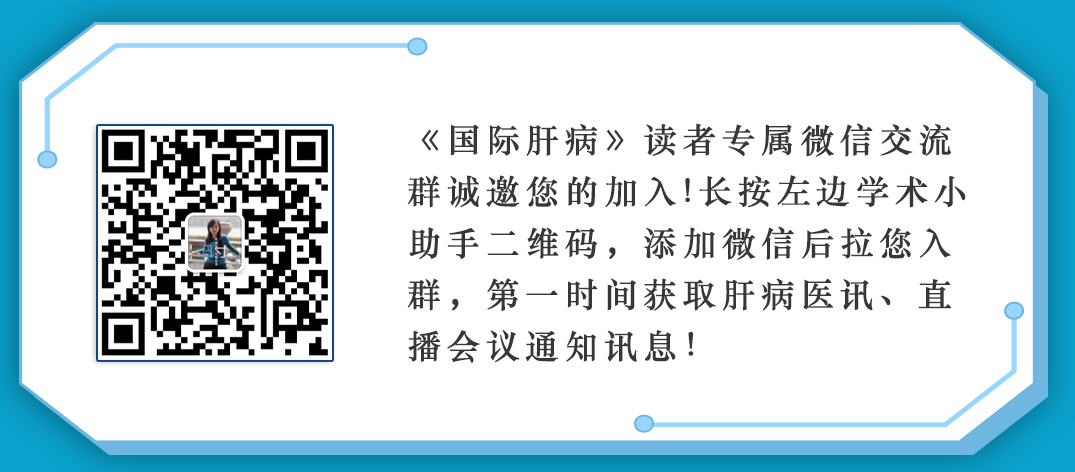当前位置:AASLD-美国肝病研究学会年会 » 正文
AASLD主席专访丨Norah Terrault教授:肝病领域活力复苏,本届年会亮点纷呈
—— 作者: 时间:2023-11-24 10:49:33 阅读数:
20

编者按
2023年11月10~14日,第74届美国肝病研究学会年会(AASLD 2023)在美国波士顿召开。大会主席、美国南加利福尼亚大学Norah Terrault教授在现场接受了《国际肝病》记者的采访,介绍了本届年会的主要亮点以及参会人员和摘要提交情况,重点提到代谢相关脂肪性肝病和病毒性肝炎的研究进展非常令人兴奋,肝病领域的学术活力已经恢复至疫情前。此次访谈视频和中英文对照访谈原稿整理如下,供读者学习参考。
《国际肝病》
本届年会的主要亮点是什么?和前两届年会是否有很大不同?
Norah Terrault教授:本届年会的重要之处不仅仅是规模巨大,有8500多名参会者这一事实,并且意味着我们能够和所有的同行相聚,看来我们已经从疫情中完全恢复,大家都回来参加线下会议了。
今年,我们对一些会议的呈现方式做了一些改变。例如,我们把继续教育课程、移植课程和基础科学研讨会都安排在周五进行,并且对这些会议和课程进行了新的分配。然后,我们将特别兴趣小组(SIG)课程安排在周六,我们有很多特殊兴趣小组,他们开设自己特有的课程,参加人数很多,看来这个议程很好。在这些课程后,正式进入到会议核心内容,我们开始听到最前沿的讲座,看到新的研究成果展示。
本届年会令人兴奋的另外一个亮点是主席特邀论坛邀请到数字医学专家Leslie Saxon医生进行最新进展演讲,这让我们看到,在不久的将来,数字医学能够真正帮助我们的患者。
会议日程排得很满,会议和讲座超过200场,提交的摘要超过2300份,实际上,只有其中一小部分摘要可以进行口头交流报告,而壁报厅里非常忙碌,因为有很多参会者前往壁报厅进行交流学习。
英文原文:
Hepatology Digest: We are today with the AASLD President, Professor Norah Terrault. Thank you very much for accepting our invitation to do this interview. I would like to ask you some questions.
What are the main highlights of this Annual Meeting? Is it very different from the previous two ones?
Prof. Norah Terrault: The important thing about the meeting is not just the size and the fact that we have over 8500 attendees and this means that we will be able to see all our colleagues. It seems like we are fully recovered from the pandemic and people are back in person to attend the meeting.
We have made some changes this year to how we present some of the sessions. So, for example, we had our postgraduate course, our transplant course, and our basic science symposium all on Friday and that has a new allocation for those courses. And then we followed that with on Saturday having what we call our SIG program. Those are our special interest groups, and we have many of those special interest groups. They have run their own program and that is highly attended and seems to be a good flow in terms of then heading into the meeting itself, where we start to see the state-of-the-art lectures and the presentation of the new research.
I think one of the other exciting highlights for the meeting thus far was our, the presidential choice in terms of state-of-the-art that was given by Doctor Leslie Saxon who is an expert on digitalized medicine and I think gave us sort of a little glimpse into the very near future in terms of using digital medicine to really help us in terms of our patients.
But the meeting is very packed with, we have more than 200 sessions and we have a very slate of abstracts that are being presented over 2300.
Actually, abstracts are here and only a portion of those are presented orally. But the poster halls are very busy in terms of individuals attending the meeting and doing the research in that format.
《国际肝病》
有多少参会者从世界各地聚集一起参加年会?有多少比例的参会人员来自亚太地区?
Norah Terrault教授:有来自85个国家的代表参加本届年会,我在刚才已经提到,有超过8500人参会,其中大部分都是到场参加线下会议,我们也提供了线上参会通道。所以,对于不能亲自来到会议现场者,我们提供了一个虚拟平台让他们参与会议,但来自世界各地、85个国家的代表绝大多数都是到场参加会议。
英文原文:
Hepatology Digest: How many attendees are gathered together for the meeting from all over the world? What percentage of the participants are from the Asia Pacific region?
Prof. Norah Terrault: Oh, that is a question I may not have the answer to. We do have representation from 85 countries at the meeting. So, I mentioned already that we have over 8500 and most of those are the vast majority in person. We offer a virtual option as well. So, for those unable to travel, we still offer a virtual platform for them to participate. But overwhelmingly they're very in person and very high representation from around the world, as you can see in the 85 countries.
《国际肝病》
这次会议的摘要提交情况怎么样?在脂肪性肝病和病毒性肝炎的治疗方面,是否会有一些新的研究成果展示?
Norah Terrault教授:本届年会提交的摘要真的太多了,无法一一详述,但我认为会议的重点之一是对肝脏疾病新命名的认可,我们现在不再使用非酒精性脂肪性肝病(NAFLD),而是使用代谢相关脂肪性肝病(MAFLD)这一术语,这是与代谢功能障碍相关的肝病,有很多提交摘要都是关于这个主题。在重磅研究摘要中,会发布一些新药II期研究的数据。因此,对于MAFLD和代谢相关脂肪性肝炎(MASH)患者来说,这是一个非常令人兴奋的时刻。
病毒性肝炎的研究进展也非常令人兴奋,本届年会安排了很多关于乙型肝炎的会议和讲座。功能性治愈和简化治疗的概念是热议话题,在重磅研究摘要中,也会发布一些乙肝治疗新药的研究结果。
英文原文:
Hepatology Digest: How about the submission of abstracts for this meeting? Are there some new research findings in the treatment of fatty liver disease and viral hepatitis be presented in the meeting?
Prof. Norah Terrault: There are many, really too many to go over in individual detail.
But I think one of the focuses of the meeting is the recognition of the new nomenclature in describing liver diseases.
We no longer use the term NAFLD, we are now using the term MAFLD, which is metabolic dysfunction associated with liver disease and MASH, which is metabolic dysfunction associated with the hepatitis. And we have many abstracts that have been submitted upon that topic. And in our late break sessions, we have several phase II data with new drugs that are being presented. So, it is a very exciting time for both patients who have MAFLD as well as MASH.
And viral hepatitis is also very, very exciting. There has been a lot of sessions on hepatitis B. There has a real energy around the concept of functional cure and the concept of simplifying treatment and we have several new drugs that are also being presented our late early session.
《国际肝病》
三年的新冠肺炎使肝病患者的管理受到很大影响,是否也对肝病的临床和基础研究以及新药的开发产生了很大影响?
Norah Terrault教授:这个问题非常有趣,我们还不知道新冠肺炎的全面影响。通过这次会议,几乎可以肯定的是,至少研究人员、临床医生和倡导者回来参会了,我认为这是非常鼓舞人心的,可以感觉到我们已经恢复了,并且我们确实看到治疗肝病的很多新方法,正如我们一如既往地致力于寻找改善肝脏健康的新方法。所以,我觉得肝脏领域的学术活力显然已经复苏,此次会议充分证明了这一点。
英文原文:
Hepatology Digest: Three years of COVID-19 has greatly affected the management of patients with liver disease. Has it also greatly affected clinical and basic research as well as the development of new drugs for liver disease?
Prof. Norah Terrault: That is an interesting question. And I think we do not know the sort of full impact of COVID. What I am nearly sure about by this meeting is that at least the community of researchers, clinicians, advocates, they are back. And I think that is really encouraging for the field to sort of feel like we have recovered, and we are definitely seeing a lot of fresh freshness in our approach to liver disease. And I think we are as dedicated as we have always been towards finding cures to improve the lives. So, I feel like there is definitely kind of a resurgence around the energy in the liver community and the meeting demonstrates that.

声明:本文仅供医疗卫生专业人士了解最新医药资讯参考使用,不代表本平台观点。该信息不能以任何方式取代专业的医疗指导,也不应被视为诊疗建议,如果该信息被用于资讯以外的目的,本站及作者不承担相关责任。
标签:
访谈
专家访谈
其他肝病
发表评论
全部评论